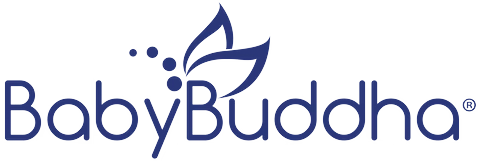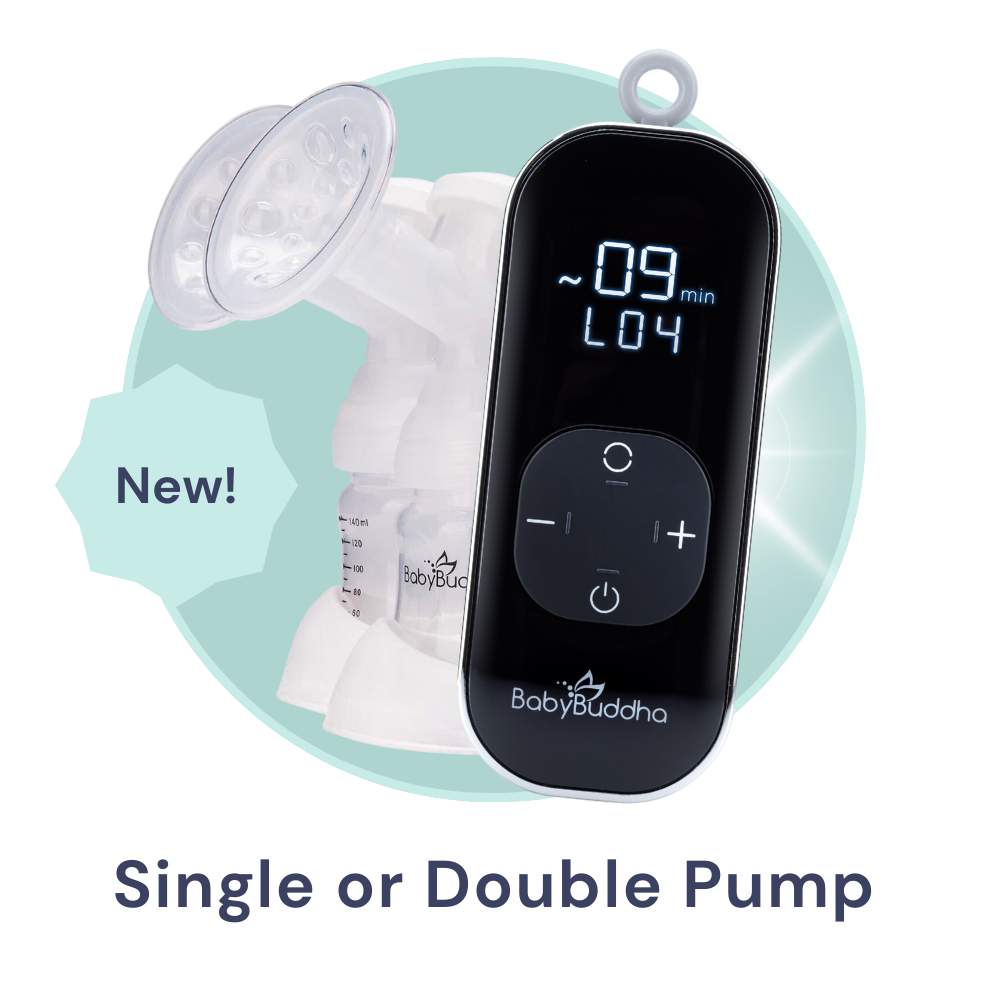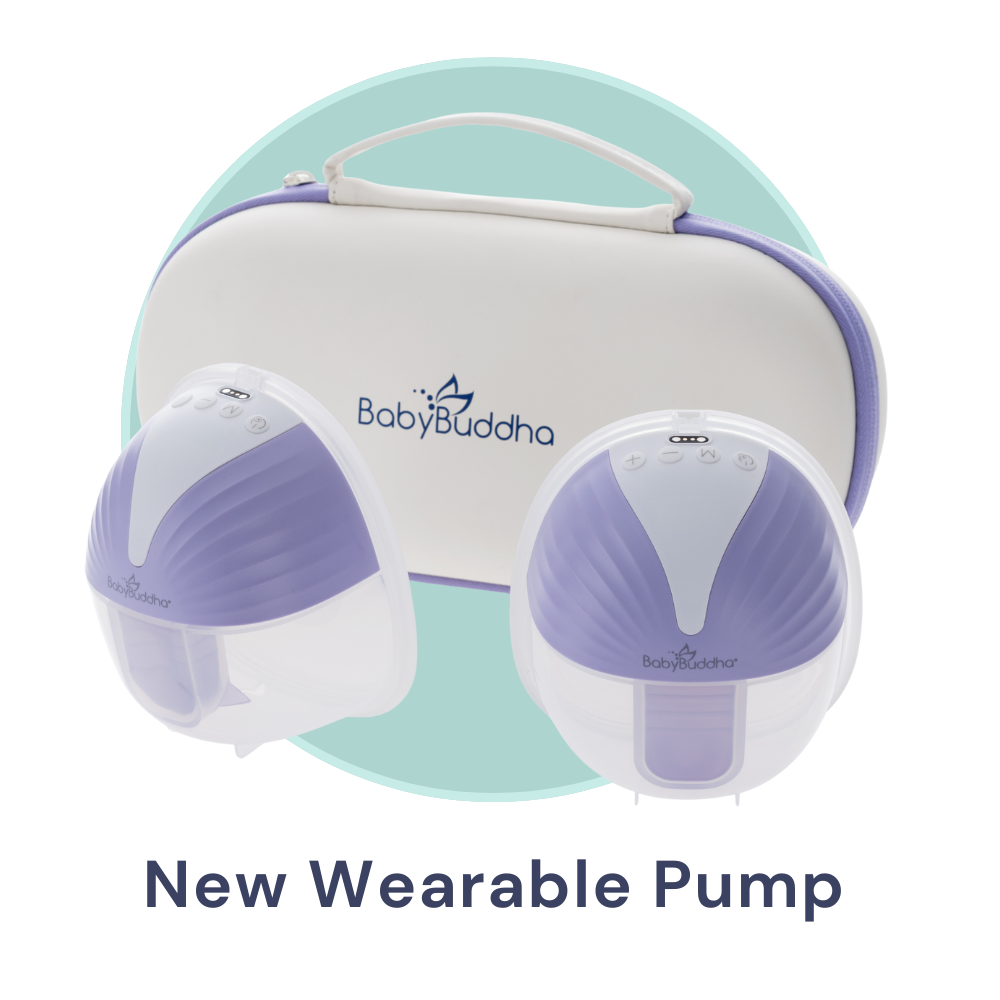Medically Reviewed By | Dr. Hope Lima, PhD, RDN, LRD, IBCLC
Hey Supermoms! Let’s chat about something that can honestly be downright overwhelming — clogged milk ducts. If you've been there, you know it’s one of the less glamorous sides of motherhood.
And our friend Elisabeth Anderson-Sierra, a wonder mom who’s donated over 200,000 ounces of breastmilk, knows this all too well! Living with hyperlactation syndrome, Elisabeth is no stranger to the challenges of overproducing breast milk and dealing with the beast that is mastitis.
Elisabeth's journey is not just about setting records; it’s about spreading love, supporting fellow moms, and navigating the beautiful chaos of breastfeeding and pumping. So, whether you’re a new mom learning the ropes of breastfeeding or a seasoned pro, we’re here to share some real talk, invaluable insights, and tips to make your journey a bit smoother.
Let’s dive in, shall we?
What Is Mastitis?
Mastitis is that angry, unwelcome guest that seems to barge in when we’re breastfeeding. Simply put, it’s an inflammatory condition of the breast, often making an appearance during our nursing days.
And guess what? It doesn’t discriminate! Elisabeth, who’s had her fair share of overproduction woes, shares that “mastitis feels like death. It’s like managing just your basic physical care feels like climbing Mount Everest. It’s touch and go, and all you can manage is to meet your basic needs, but just barely.”
Whether you’re an overproducer like Elisabeth or just a mom trying to feed her baby, mastitis can knock on anyone’s door. And that’s where lactation consultants enter the scene.
These are our guiding angels, helping us through mastitis and ensuring we and our little ones are comfortable and well-fed. After all, it's no walk in the park dealing with the flu-like symptoms and those pesky body aches that accompany mastitis, and a helping hand is always welcome.
Recognizing the Symptoms
Mastitis has a way of making its presence known, and it’s crucial we stay alert to catch it as early as possible.
Here are a few common symptoms of mastitis:
- Engorgement and tender lumps: The whole breast feels overwhelmed and painful, making every feeding session feel like a battle.
- Breast pain in the affected area: As Elizabeth puts it, “The pain can be piercing,” so watch out for any discomfort or unusual sensations.
- Fever and chills: If you’re feeling unusually cold or running a temperature, it could be a sign of mastitis.
- Exhaustion: Feeling more tired than the usual new parent? It might be more than just a lack of sleep.
- Red skin on the breast: Any redness or inflammation is a loud and clear signal that something’s off.
- Small white dot or milk bleb on the nipple: It's a tiny detail but could be a sign of a greater issue.
Any hard lump or irregularity in the flow of milk during the baby's feeding sessions should warrant an immediate call to your lactation consultant or primary healthcare provider. You can never be too safe!
How Can Lactation Consultants Help?
Navigating the winding roads of breastfeeding and blocked ducts can be a ride, and lactation consultants are the co-pilots you didn’t know you needed. They offer indispensable advice on breastfeeding positions, ensuring that every mom is equipped with the knowledge to avoid blockage and other lactation challenges. Elizabeth found solace and support in their guidance and assures us that “their support is an anchor through turbulent times.”
Healthcare providers, including your OB/GYN, are your go-to medical support. They can prescribe supplements like choline to mitigate symptoms and elevate your milk supply, ensuring that you and your baby sail smoothly through the breastfeeding journey. It’s about receiving the right guidance and support at the right time, weaving a safety net around you and your little one.
How Can You Prevent Mastitis?
Navigating the world of breastfeeding can certainly feel like an uphill battle, but with proactive steps and some tried-and-true remedies, it can get a whole lot smoother. Elizabeth, a beacon of wisdom in this journey, empowers us with practical steps to keep clogged ducts at bay and milk flowing.
Finding the Perfect Fit
It’s crucial to get into the nitty-gritty of finding the perfect breast pump flange fit. Elizabeth shares, “A well-fitting flange can prevent the subtle hindrances that can lead to serious blockages.”
It’s about knowing your body, understanding your needs, and making informed choices that align with your comfort and well-being. An optimal fit can be a game-changer, paving the way for a seamless breastfeeding experience.
Regular Breastfeeding and Pumping Sessions
Elizabeth’s candid advice revolves around the regularity of breastfeeding and pumping sessions. “Hand expressing post-nursing can keep engorgement and plugged milk ducts under control,” she says, highlighting the importance of maintaining a rhythm and ensuring uninterrupted milk flow. The key is in being consistent and allowing your body to adapt and sustain the natural processes.
Using Warm Compresses and Showers
Elizabeth underscores the benefits of using a warm compress or heating pad and indulging in warm showers. “These can be like a magical elixir in releasing a blocked milk duct and facilitating the flow of milk,” she mentions. It’s about providing a gentle nudge to your body, allowing it to release any blockages, and making the journey more peaceful and nourishing for you and your baby.
Avoiding Underwire Bras
While seemingly innocent, underwire bras can be sneaky and harmful at times. Elizabeth advises steering clear of them to avoid unnecessary blockages and stress to the breast tissue. It’s about prioritizing comfort and letting your body breathe and function without constriction.
Embracing Support
In the postpartum phase, stress can be your least-wanted companion. Reducing it is one of the most important things you can do at this stage.
Elizabeth encourages embracing the support of friends and family to maintain a harmonious balance between baby needs and baby feeding schedules. It’s about forging strong bonds and letting the love and care of your loved ones wrap you and your baby in a cocoon of well-being.
Consultation and Supplements
Regular consultation with healthcare providers and integrating supplements like choline can help prevent mastitis. They can ensure your body is receiving the nourishment it requires, aligning you and your baby on a path of wholesome development and contentment.
How Can You Ease Breast Pain From Mastitis?
Breastfeeding brings moments of closeness and bonding, but oh boy — when challenges like clogged milk ducts appear, it’s about rolling up your sleeves and diving into solution mode. And, rest assured, solutions do exist!
Join us as we explore various ways to tackle clogged milk ducts to ensure a smoother breastfeeding journey for all the marvelous moms out there.
Gentle Tapping and Cool Compress
Let's start with something pretty hands-on. Lightly tapping the affected breast can do wonders! “You can also use a cool compress to help relieve any inflammation you may be feeling,” notes Lactation Expert Dr. Hope Lima, PhD, RD, IBCLC. Remember, it’s about being gentle and patient, coaxing (not forcing) the duct to open.
Dangle Feeding
This might sound a bit unconventional, but dangle feeding can be a real lifesaver. Positioning the baby so that their chin points towards the blockage can sometimes apply just the right amount of pressure to release the clog. It’s all about gravity and latch!
Adaptive Breastfeeding Positions
Experimenting with different breastfeeding positions can alter the pressure points on the breast and help in resolving the blockage. Whether it’s the football hold or the laid-back position, finding what’s comfortable for you and your baby is key. Elizabeth shares, “Adapting and trying new holds can make a difference in how the milk flows and can avoid constant pressure on the same spots.”
Epsom Salt Soaks
A warm soak with Epsom salt can work wonders. It can aid in reducing inflammation and potentially help in unclogging the blocked duct. It’s a soothing remedy, providing not only physical relief but also a moment of relaxation in the bustling journey of motherhood.
Hydration and Proper Nutrition
Stay hydrated, mommas! Proper hydration and nutrition are essential in maintaining a healthy milk supply and can aid in preventing and resolving clogs. It’s about nurturing yourself so that you can nurture your little one. A well-balanced diet full of nutrients keeps you and your baby in optimal health.
Professional Medical Assistance
And, of course, if a clogged duct persists or if symptoms are becoming more severe, don’t hesitate to seek professional medical assistance. Your healthcare provider can offer further insights and treatments and even prescribe medications to aid in resolving the issue, ensuring your well-being is the top priority.
The Bottom Line
Breastfeeding can be a rollercoaster, right? At BabyBuddha, we’re all about empowering you wonderful mommas through every bump and turn in your breastfeeding journey. With insights from our phenomenal Elisabeth and a host of solutions and practical tips, we hope to make each feeding session smoother and more joyful.
Let's embrace this journey and support each other every step of the way. Because, after all, nurturing our little ones is at the heart of what we do.
Sources:
Mastitis: Causes, Symptoms, Treatment & Prevention | Cleveland Clinic
Postpartum depression - Symptoms and causes | Mayo Clinic
Should You Take an Epsom Salt Bath? | Cleveland Clinic
Nursing Your Baby — What You Eat and Drink Matters | Eat Right







